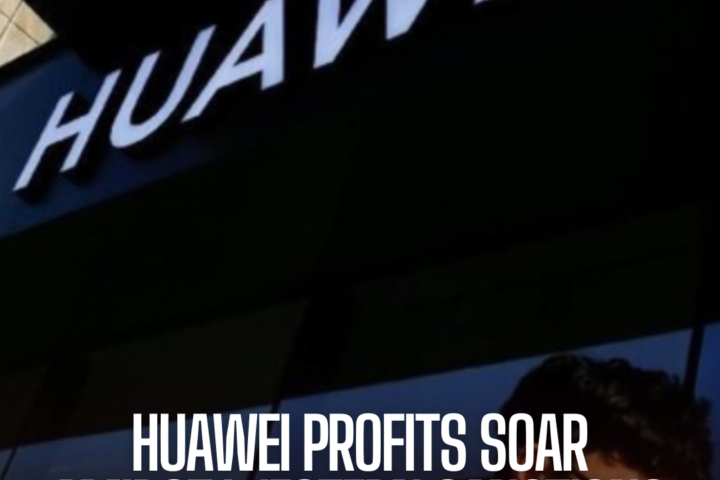Jazwares says that rival has made its pillow-like toys to cash in on its viral sensation.
The makers of Squishmallows, the popular plush pillows adorned with cute faces, have initiated a lawsuit against Build-A-Bear Workshop, alleging the production of a “knock-off” toy aimed at exploiting Squishmallows’ success.
Origin of the Dispute
Jazwares, the company behind Squishmallows, filed the lawsuit against Build-A-Bear, claiming that the latter’s new Skoosherz toys bear a striking resemblance to Squishmallows.
Build-A-Bear introduced the Skoosherz line ahead of Valentine’s Day, asserting that the cuddly pillow-like toys are an extension of their existing range.
Legal Action
Build-A-Bear swiftly responded with its own legal action, arguing that their Skoosherz toys are part of a long-standing category of “soft, pillow-like squishie-type” toys.
The company seeks a court declaration in Missouri affirming its non-infringement of Jazwares’ “trade dress” rights and asserting that any such rights are unenforceable.
Battlegrounds
Build-A-Bear filed its lawsuit in Missouri, while Jazwares pursued legal action in California. Each company aims to protect its intellectual property rights and secure a favorable outcome in the dispute.
Allegations and Defenses
Jazwares contends that the Skoosherz toys are “knock-offs” of Squishmallows, citing similarities in design elements such as animal shapes, kawaii-style faces, and velvety fabric.
Build-A-Bear refutes these claims, emphasizing the longstanding presence of similar toys in the market and asserting its right to produce such products.
Background and Context
Squishmallows gained immense popularity, especially after becoming a sensation on TikTok. Jazwares has vigorously defended its copyright since Squishmallows achieved global success.
The toy line offers a diverse range of characters, including animals and hybrid creations, which have become highly coveted items.
Conclusion
The legal dispute between Squishmallows and Build-A-Bear underscores the fierce competition and proprietary interests within the toy industry. As the legal battle unfolds, both companies seek to protect their brands and uphold their respective market positions.























